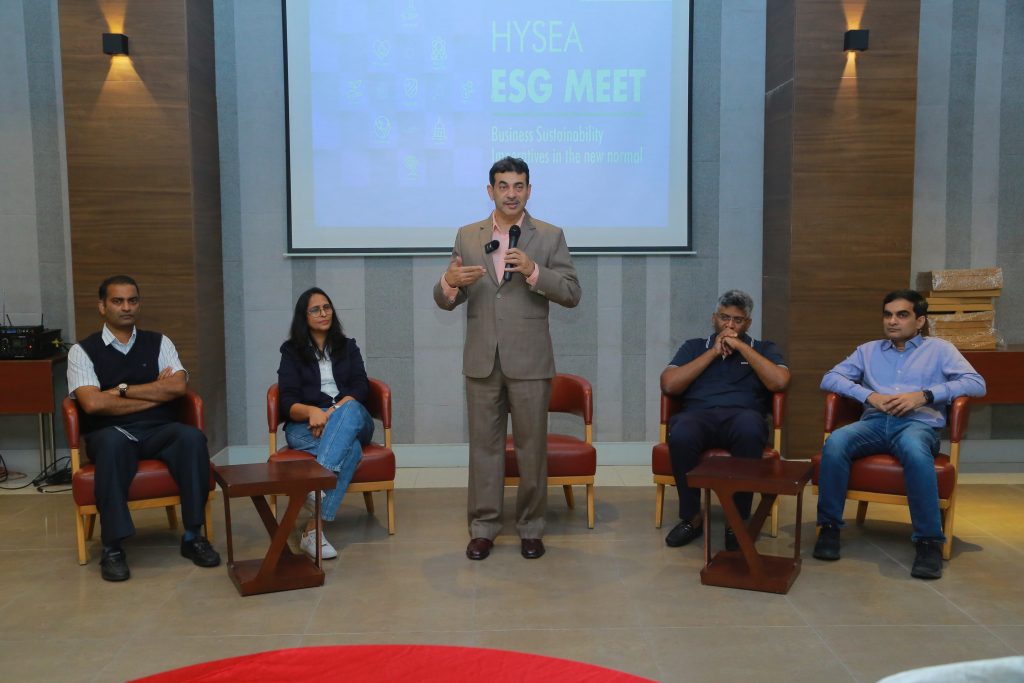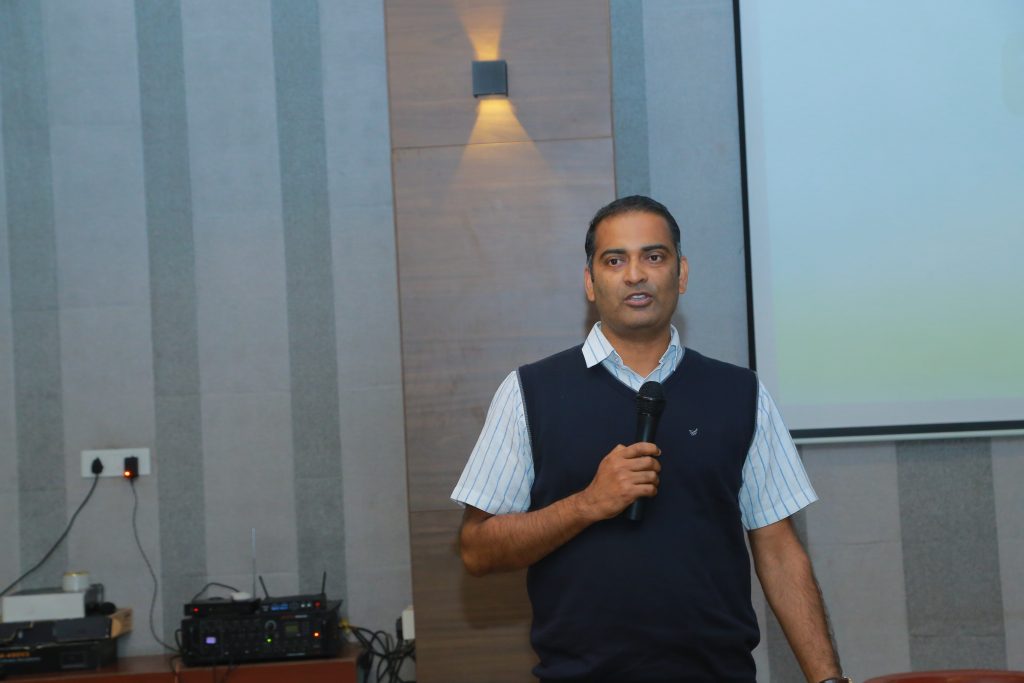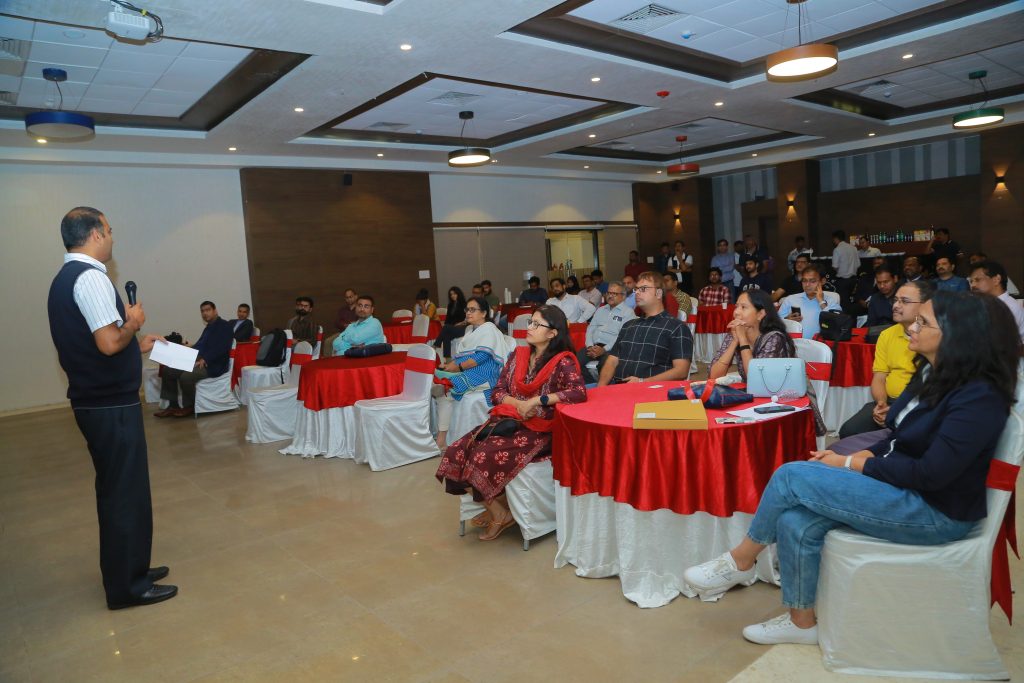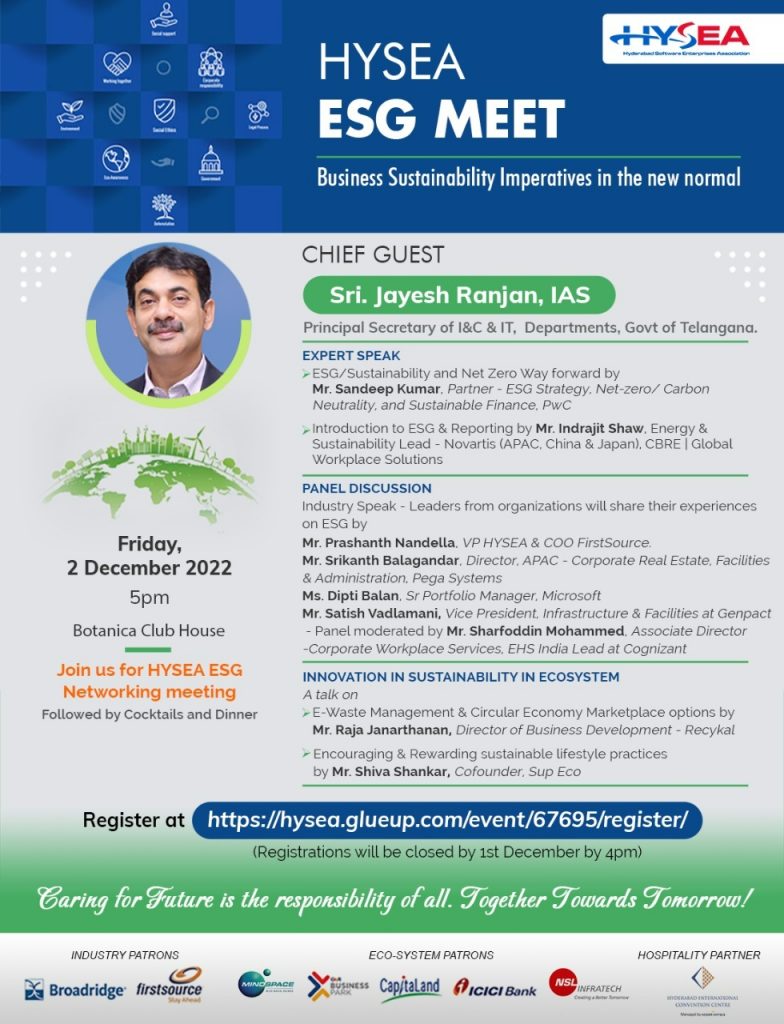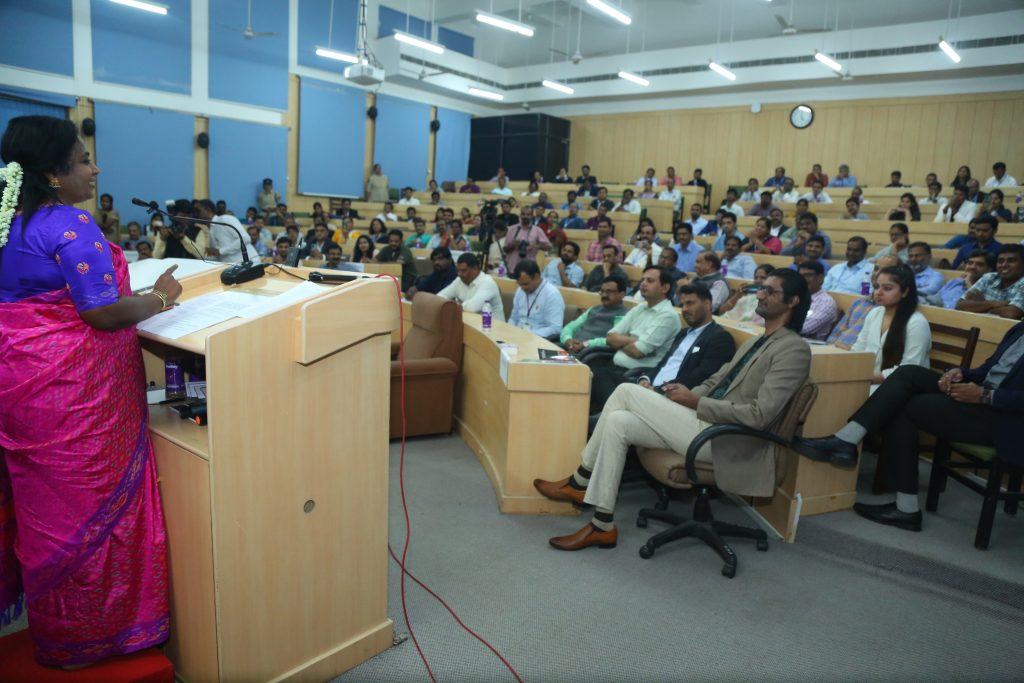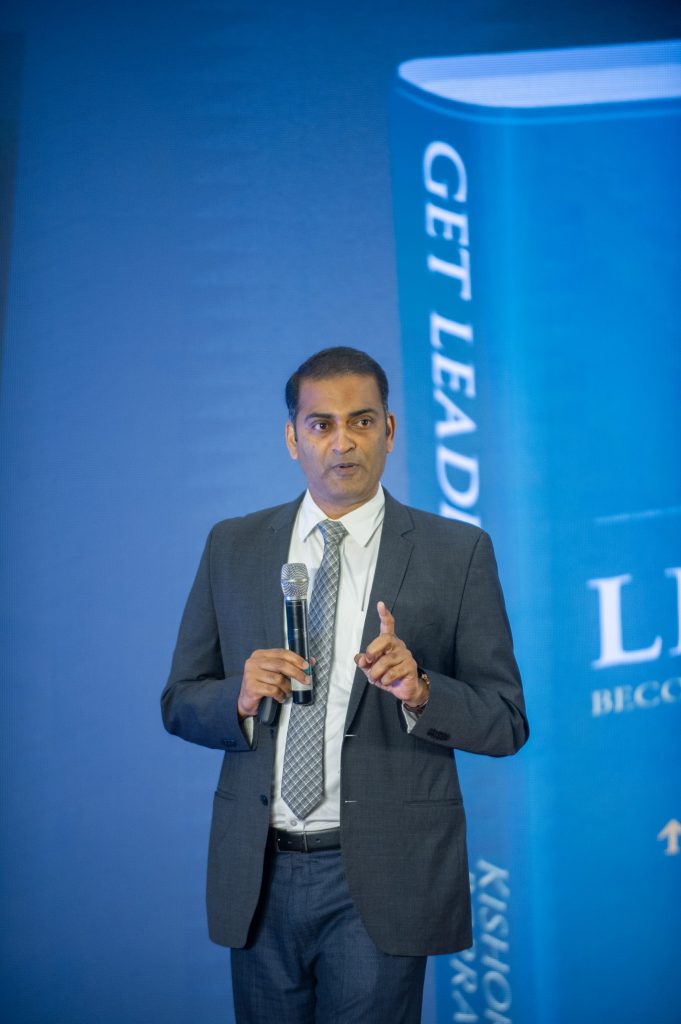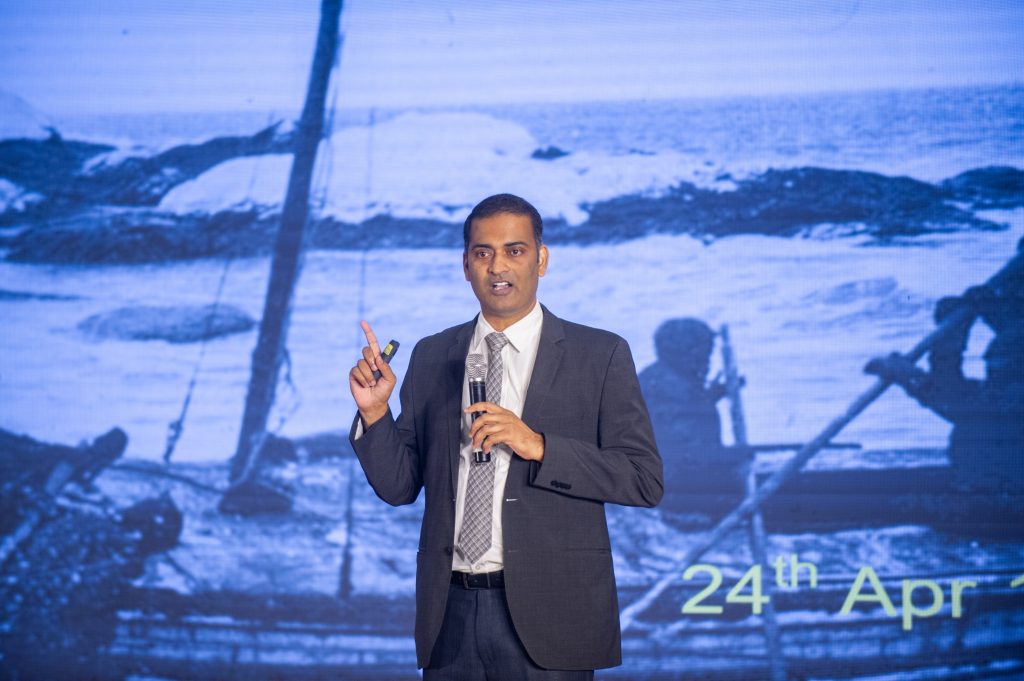Thank you, Calway, for allowing me to talk about one of the essential changes every leader must embrace – Pleasing People To Challenging People.
Pleasing people is not the same as leading people. That was one of the first important and difficult lessons I had to learn in my leadership journey.
During the early years of my professional career, I was uncomfortable challenging people or helping them to do better, be better and become better. If someone in the team didn’t like me, it must mean something was wrong with my leadership, and I needed to fix it. That thinking motivated every action I took and every decision I made.
My goal had been to get people to like me enough so that I could gain the confidence to ask them for commitment. If they declined, I simply worked harder to get them to like me more, thinking it would solve the problem. My desire to be liked by others was deeply rooted within me to the point where my best days in leadership were the ones when people affirmed me. I craved that affirmation every day. No one told me that affirmation is not equal to leadership accomplishment.
So in the process, what am I doing? I am giving my time and energy to the unhappiest and least committed people, even though they are not contributing to the vision and mission of the organization. I was letting the tail wag the dog instead dog wagging the tail.
This happy stuff is beginning to wear me out. I started wondering how long I could keep up with making everybody happy. It took a while, but I finally realized I wasn’t leading people. I was trying to make them and myself feel good. I wasn’t moving the organization forward. I was in the friendship business, not the leadership business.
I wasn’t helping my teams to do better, be better and become better. I was determined in my mind that I would try to become the leader that the people really needed, not just the one they wanted. I started working on shifting from pleasing to challenging people.
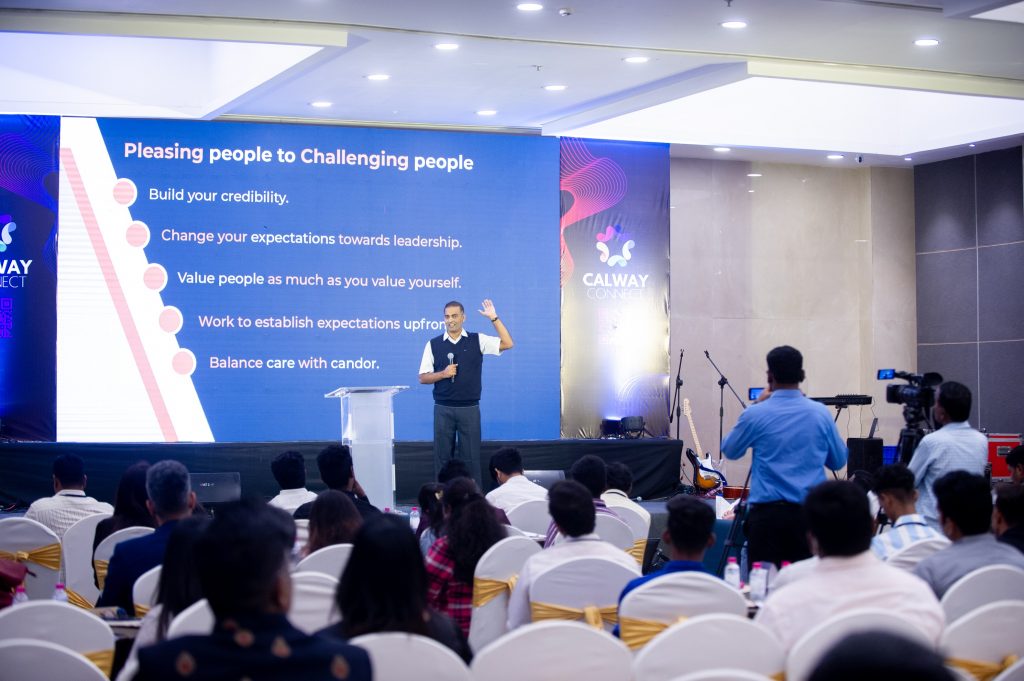


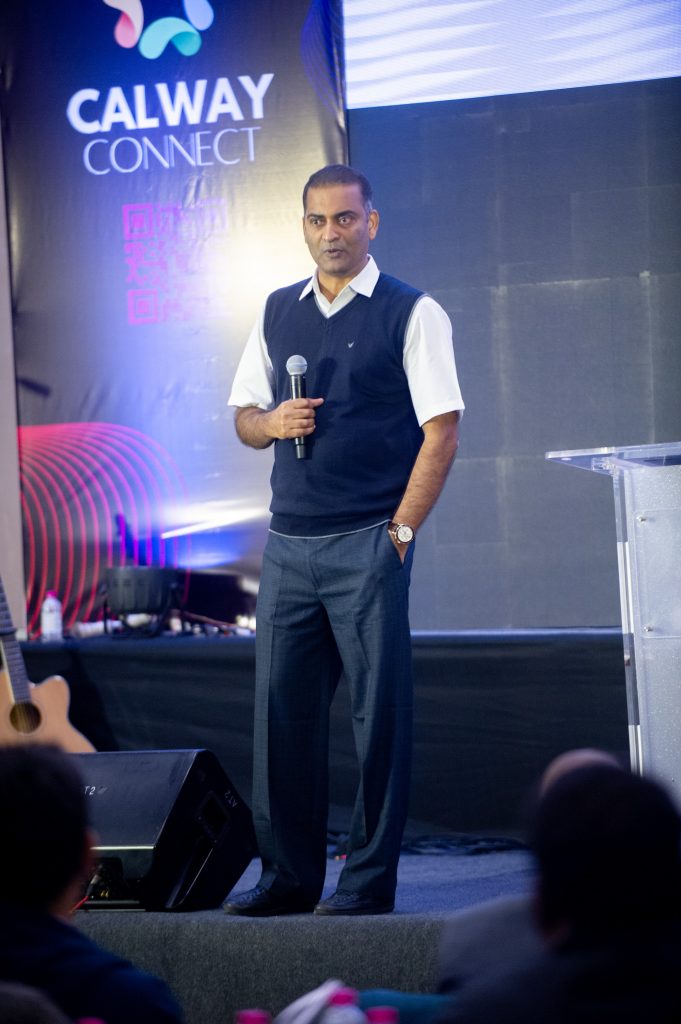
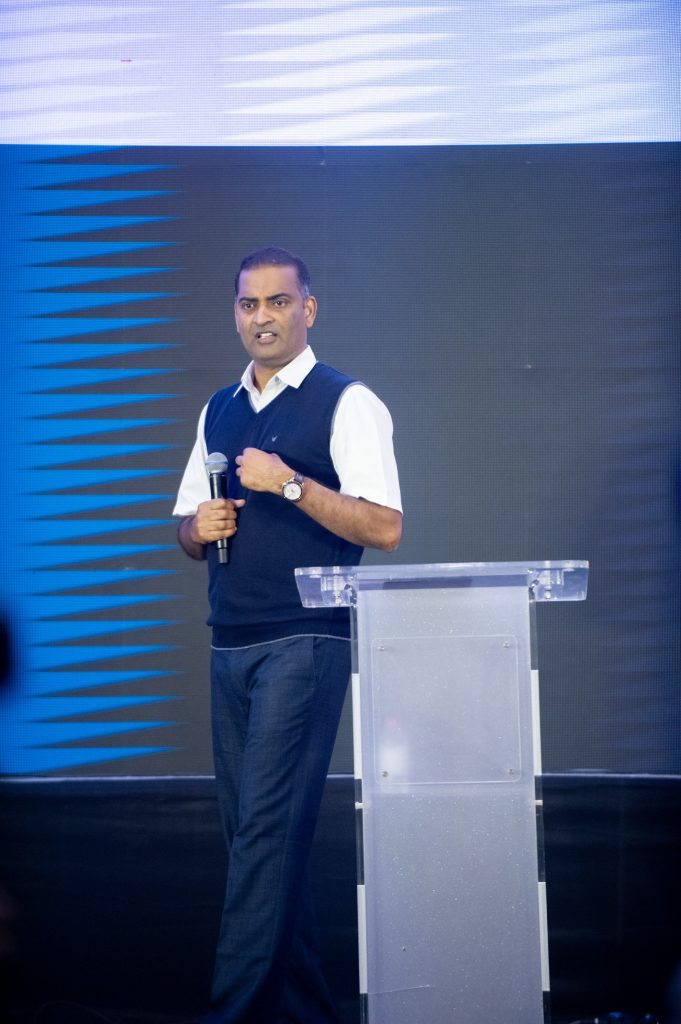
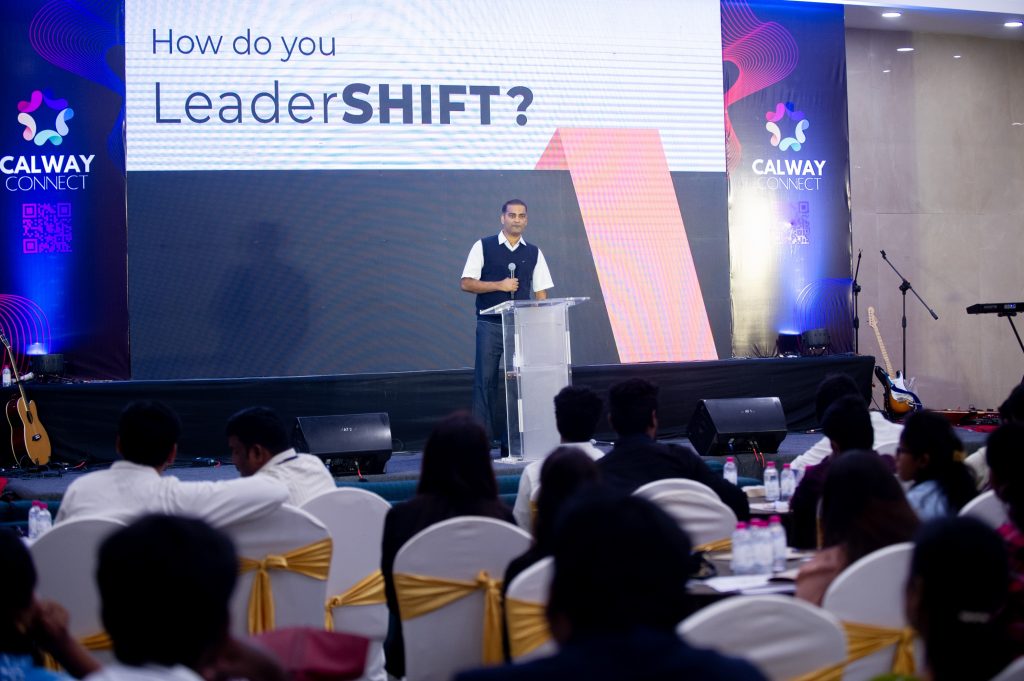
I had the opportunity to participate as a speaker in the Hyderabad Software Enterprises Association’s most popular and flagship program – The 39th edition of . I have delivered an interactive session on “” highlighting the essential changes every leader must embrace. The active participation of attendees made the experience all the more special to me.


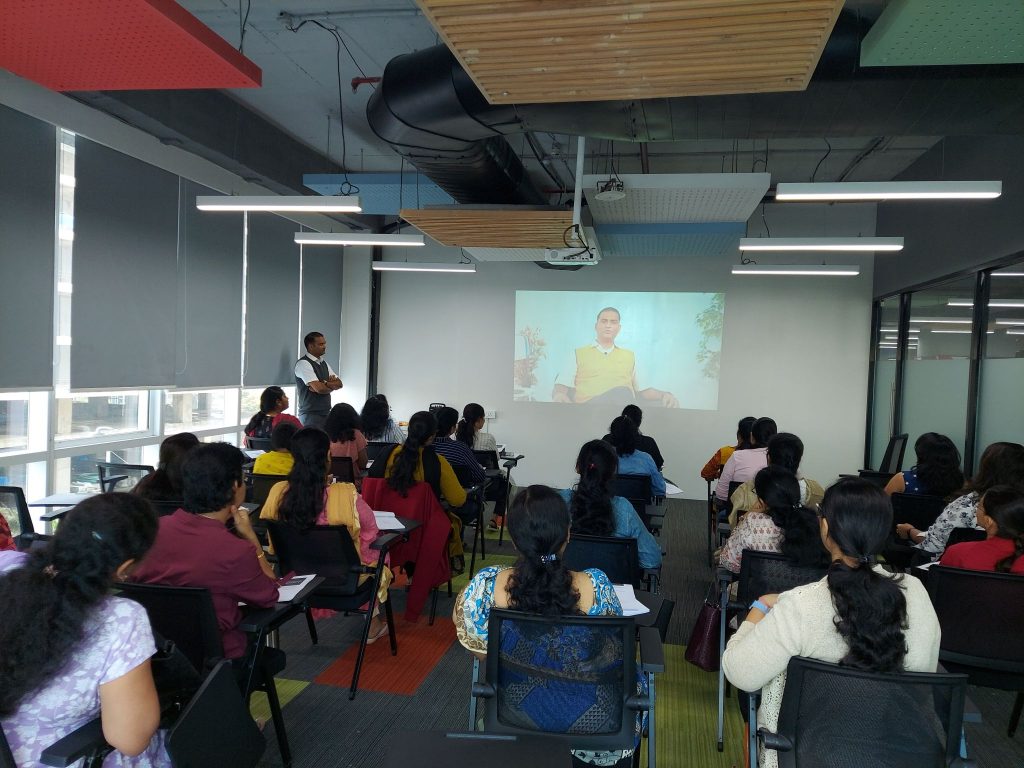
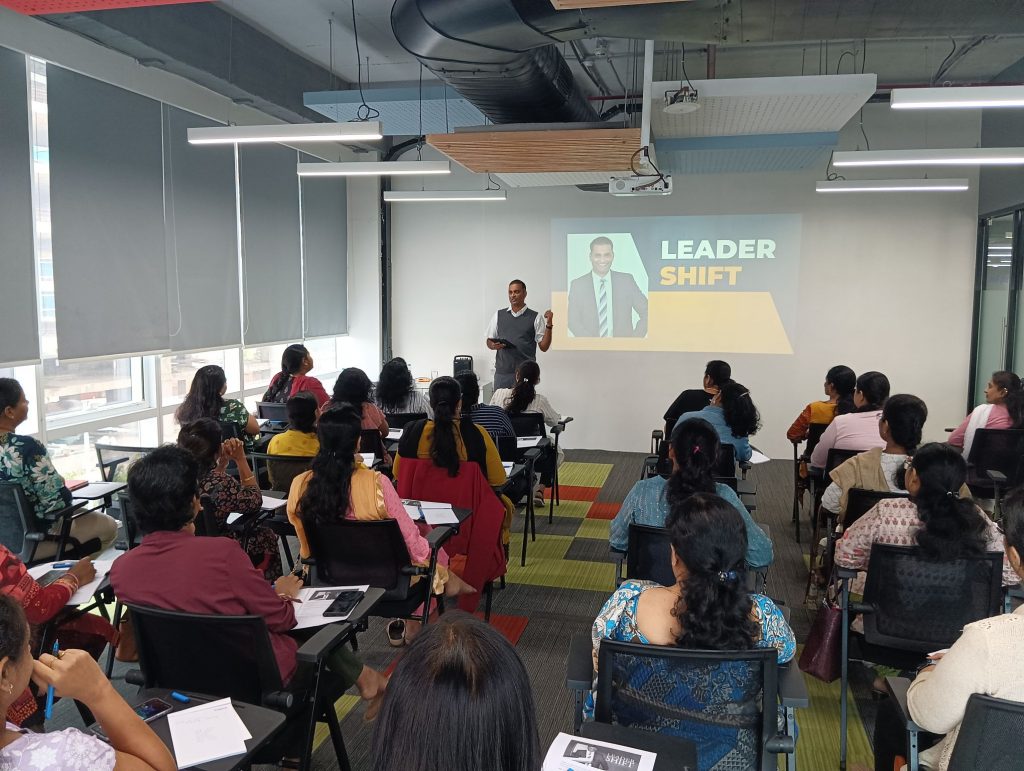
Regards,
Kishore
